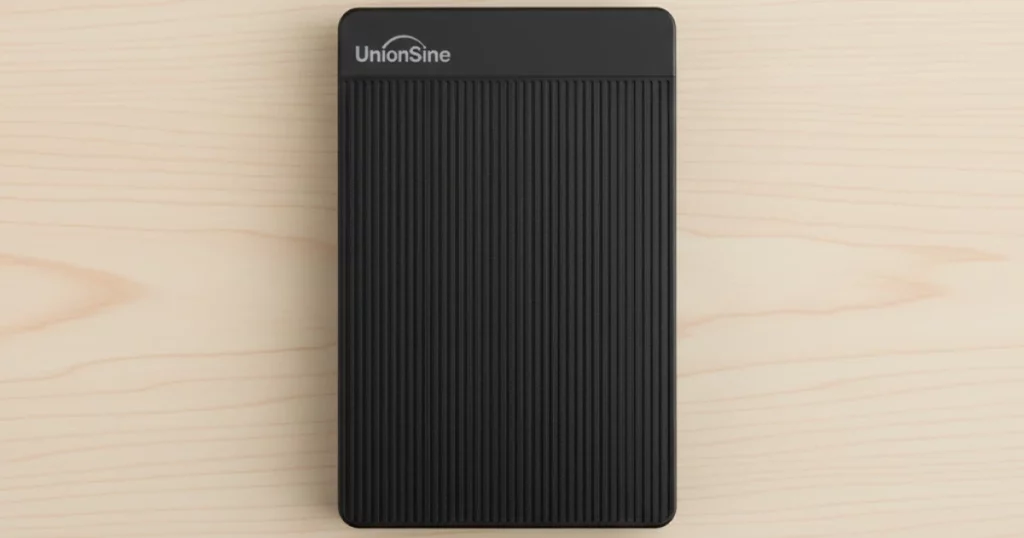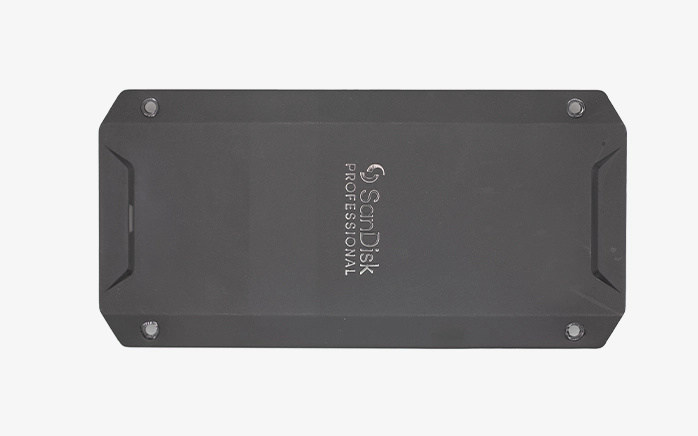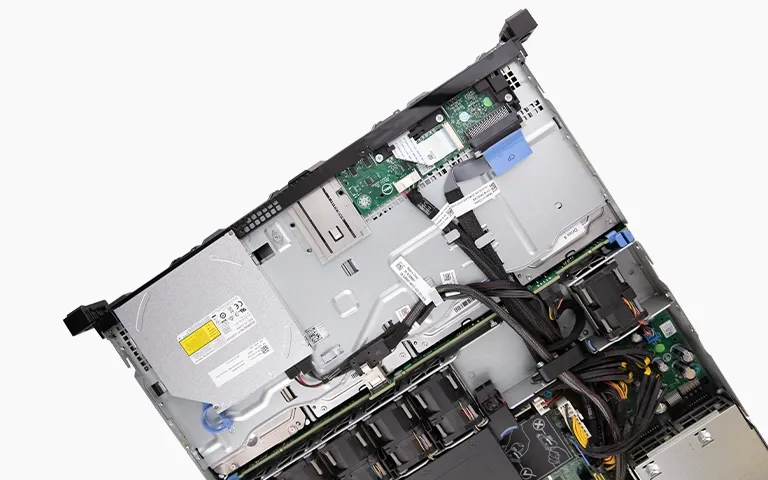How We Successfully Recovered Data from a Non-Mounting Maxtor HDD
When an external hard drive fails to mount or show up on your computer, it can be a stressful experience, especially when critical files are at risk. One common scenario involves older Maxtor external hard drives, such as the Maxtor OneTouch III Mini, which can suddenly become unreadable due to logical or physical failures. In such cases, professional Maxtor Hard Drive Recovery is often required to retrieve the inaccessible data.
At PITS Data Recovery, we regularly handle cases like these where the drive powers on but is inaccessible. This case study walks through the complete data recovery process for a non-mounting Maxtor OneTouch III Mini external hard drive containing a Seagate 60GB PATA disk.
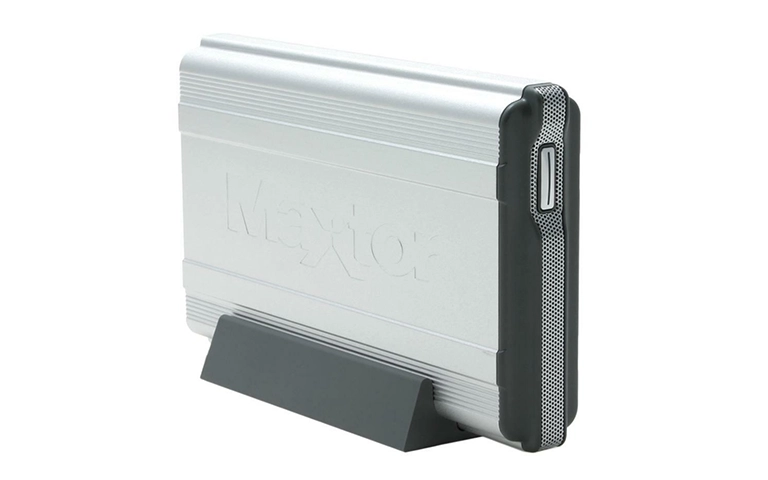
Common Reasons External Hard Drives Don’t Show Up
When an external drive isn’t recognized by the system, it’s typically due to:
- File system corruption
- Interface controller failure
- Read/write head malfunction
- Internal component wear
- Electrical surges or improper ejection
In this case, the client noticed that the LED indicator was active, but the drive did not mount on the computer. Knowing the risk of overwriting recoverable data, they contacted our experts for a secure evaluation.
Initial Diagnostics in a Cleanroom Environment
Upon arrival, the drive was evaluated in our ISO-Certified Class 10 Cleanroom. We verified:
- The drive had no external damage
- It spun up and was detected by diagnostic systems
- No clicking sounds were present, ruling out head crash
- No data could be accessed, suggesting read/write head failure
Your Data Security Is Our Priority
Data privacy isn’t optional. It’s our commitment. Our secure recovery process ensures your sensitive information stays protected from start to finish.
HIPAA Compliant
GDPR Compliant
Secure Facility
NDA Available
Trust in certified security. Start your recovery today! Call Now: 888.611.0737
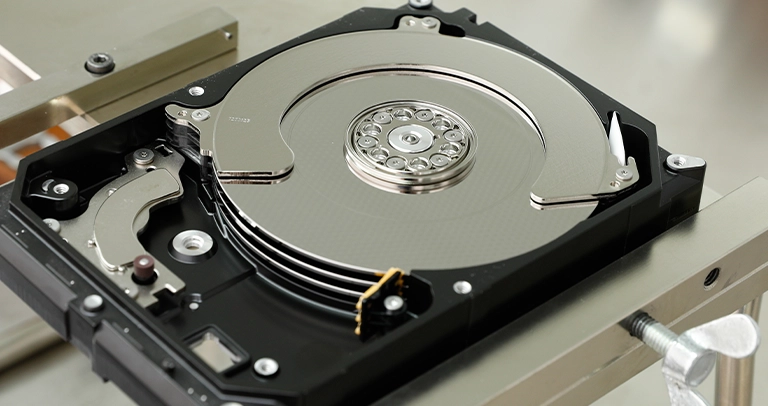
Confirming Read/Write Head Failure
Although the drive powered up correctly, all attempts to read user data failed. Based on behavior and electrical signatures, our engineers diagnosed a read/write head malfunction, which prevented the platters from being properly accessed.
This issue is common in older PATA drives and often falls under complex External Hard Drive Recovery, requiring a head replacement procedure using precision equipment.
Cleanroom Head Replacement and Imaging
After receiving client approval, our recovery specialists:
- Located a matching donor drive from our internal inventory
- Safely performed a head swap using anti-static, cleanroom-grade tools
- Stabilized the drive and created a raw disk image for safe data extraction
- Processed the recovered data and organized it by file type and folder structure
Full Recovery and Client Verification
Following the recovery:
- All files were successfully extracted
- Recovered data included personal documents, photos, and work files
- Data was verified remotely by the client before being returned on a new external drive
This case ended in a 100% successful recovery, even with mechanical failure involved.
Get a Free Consultation.
Our recovery experts are ready to assess your device and guide you through the safest path to recovery. Fill out the form to get started.
"*" indicates required fields
How to Prevent Data Loss from External Hard Drives
- Back up files regularly to a second device or secure cloud system
- Use safe ejection practices to avoid filesystem corruption
- Avoid shocks, drops, and physical stress on the drive
- Store drives in cool, dry environments to extend lifespan
- Seek help early if your drive fails to mount or shows signs of malfunction
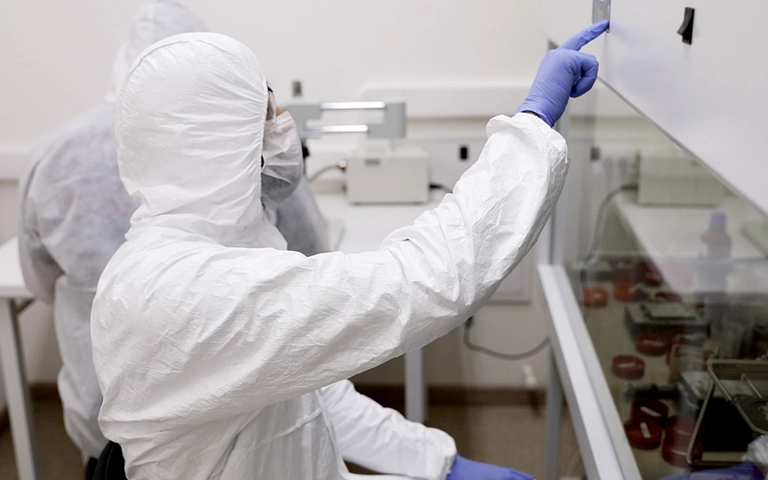
Don't Let Data Loss Ruin Your Business
Minimize business disruption. We retrieve lost data fast, so you can focus on what matters.

